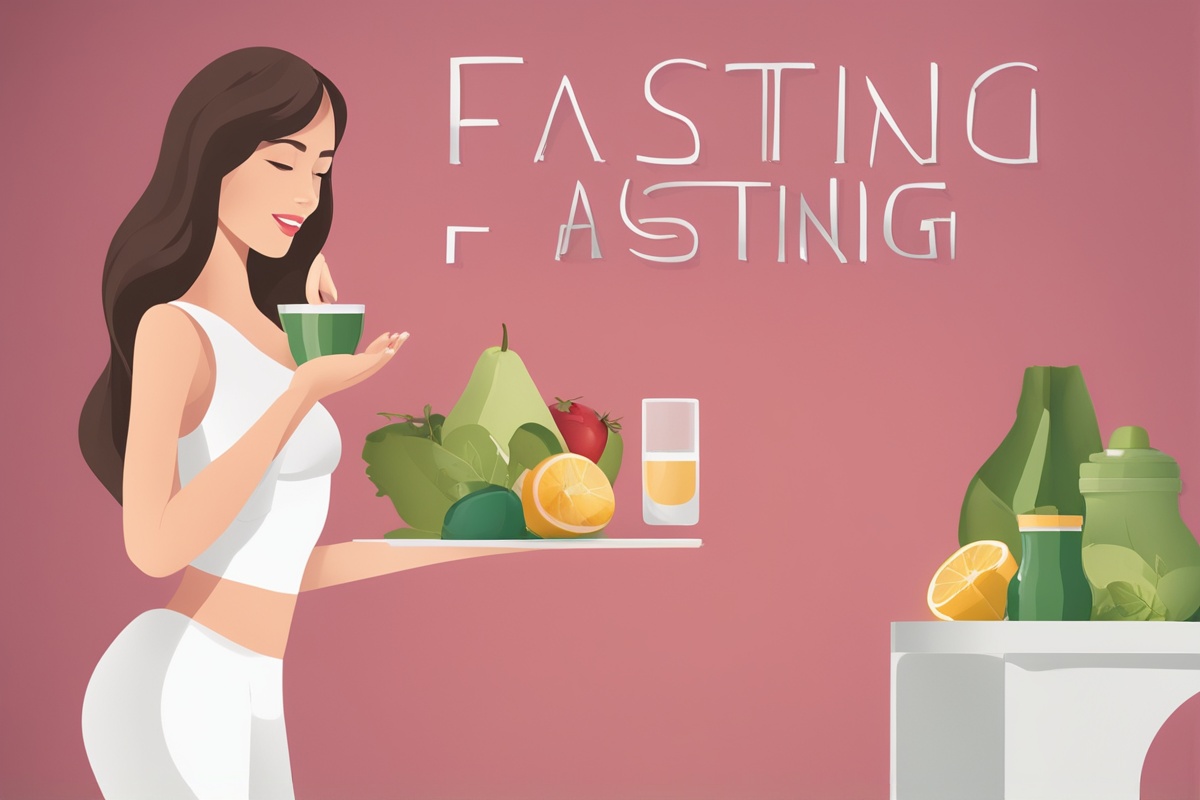Hey there, ladies! If you’ve been curious about fasting and how it fits into a woman’s unique health journey, you’re in the right place. Women’s fasting has gained traction as a powerful tool for weight management, hormonal balance, and overall wellness. But let’s be real—fasting isn’t a one-size-fits-all approach, especially for women. Our bodies operate on intricate hormonal cycles that can influence how we respond to fasting. In this guide, we’ll dive deep into the science behind fasting for women, explore its benefits and challenges, and share practical tips to help you fast safely and effectively. Whether you’re new to intermittent fasting for women or looking to refine your approach, let’s uncover what works best for the female body.
Why Women’s Fasting Is Different
When it comes to fasting, women aren’t just smaller versions of men. Our physiology—think menstrual cycles, pregnancy, and menopause—plays a huge role in how our bodies react to periods of food restriction. Research shows that women’s hormonal fluctuations, particularly with estrogen and progesterone, can affect hunger cues, energy levels, and stress responses during fasting. For instance, during the luteal phase of the menstrual cycle (post-ovulation), some women may feel hungrier due to a natural spike in progesterone. This means that fasting for female health requires a tailored approach, one that respects these biological rhythms rather than fighting against them.
The Benefits of Fasting for Women
There’s a reason why women’s intermittent fasting is trending—it comes with a host of potential benefits when done right. Studies suggest that fasting can improve insulin sensitivity, which is crucial for managing conditions like polycystic ovary syndrome (PCOS), a common hormonal disorder in women. Fasting may also support weight loss by promoting fat-burning processes like ketosis, though results vary based on individual factors. Beyond the physical, many women report mental clarity and reduced inflammation after adopting a fasting routine. Some even find that fasting helps regulate menstrual cycles by reducing stress on the body—pretty amazing, right?
- Improved insulin sensitivity, beneficial for PCOS and metabolic health.
- Potential weight loss through enhanced fat metabolism.
- Reduced inflammation, which may ease chronic pain or bloating.
- Increased mental focus and energy during fasting windows.
Challenges of Women’s Fasting to Watch For
While the perks of fasting and women’s hormones can align beautifully, there are pitfalls to avoid. Fasting too aggressively or at the wrong time in your cycle might lead to irritability, fatigue, or even disrupted periods. Women are more sensitive to caloric deficits, which can trigger the stress hormone cortisol, potentially throwing off reproductive hormones. If you’re pregnant, breastfeeding, or dealing with conditions like hypothyroidism, fasting may not be suitable without medical guidance. The key is to listen to your body and adjust your fasting for women’s wellness based on how you feel.
How to Start Fasting Safely as a Woman
Ready to give women’s fasting a try? Start slow and prioritize self-awareness. Begin with a gentle method like the 12:12 approach, where you fast for 12 hours and eat during a 12-hour window. This could be as simple as skipping late-night snacks and eating breakfast at a reasonable hour. Gradually work up to popular protocols like 16:8 (fasting for 16 hours, eating for 8) if your body feels ready. Syncing your fasting with your menstrual cycle is also a game-changer—consider lighter fasting during the luteal phase when hunger peaks, and more intense fasting during the follicular phase when energy is often higher.
- Start with a beginner-friendly 12:12 fasting schedule to ease into it.
- Track your menstrual cycle to align fasting with hormonal shifts.
- Stay hydrated with water, herbal teas, or black coffee during fasting windows.
- Break your fast with nutrient-dense foods like protein and healthy fats.
- Consult a healthcare provider if you have underlying health conditions.
Scientific Insights on Fasting and Female Hormones
Let’s geek out for a moment on the science of fasting for women’s health. Research from the University of Illinois at Chicago suggests that intermittent fasting can influence hormones like insulin and ghrelin (the hunger hormone), which play a role in appetite regulation. However, women’s sensitivity to stress means that prolonged fasting might elevate cortisol, potentially disrupting the hypothalamic-pituitary-ovarian axis—the system controlling menstruation and ovulation. A 2021 study in the journal Obesity noted that while fasting benefits metabolic health, women may need shorter fasting windows compared to men to avoid negative hormonal impacts. This underscores the importance of personalization in women’s fasting routines.
Practical Tips for Sustainable Women’s Fasting
Fasting doesn’t have to feel like a chore. With the right mindset and strategies, fasting for female wellness can become a seamless part of your lifestyle. Focus on nourishing your body during eating windows with balanced meals that include protein, fiber, and healthy fats to keep you full longer. Don’t skimp on sleep—poor rest can amplify hunger hormones and make fasting harder. And remember, it’s okay to take breaks from fasting if you’re feeling off, especially during high-stress periods or certain phases of your cycle. Flexibility is your friend when it comes to long-term success with women’s fasting.
In wrapping up, women’s fasting offers a promising path to better health, from balancing hormones to boosting energy, but it’s not without its nuances. By understanding your body’s unique needs and rhythms, you can harness the power of intermittent fasting for women in a way that feels empowering rather than restrictive. Start small, stay attuned to your body’s signals, and don’t hesitate to seek guidance from a nutritionist or doctor if you’re unsure. Fasting is a personal journey, and for women, it’s all about finding harmony between health goals and hormonal balance. So, are you ready to explore fasting for women’s wellness? Let us know your thoughts or experiences in the comments—we’d love to hear how fasting has worked for you!






